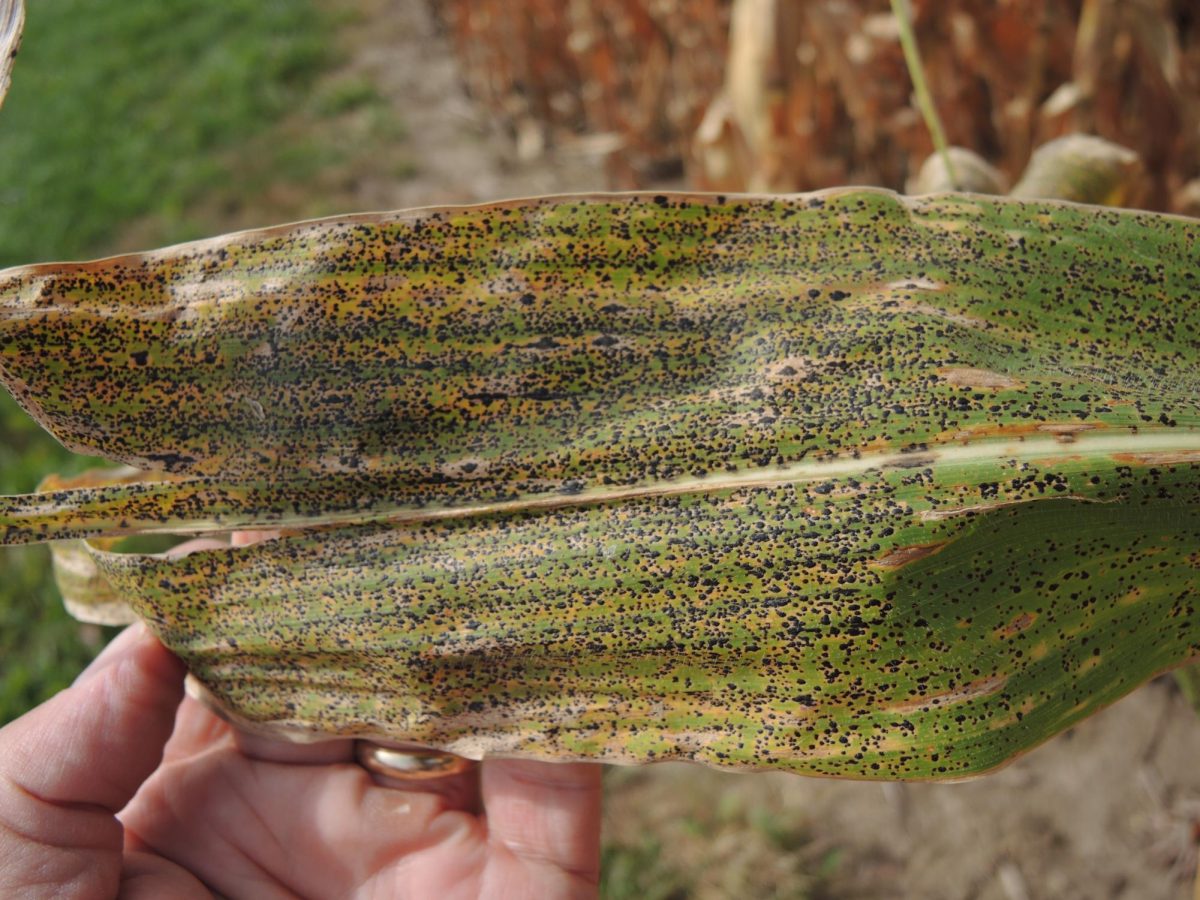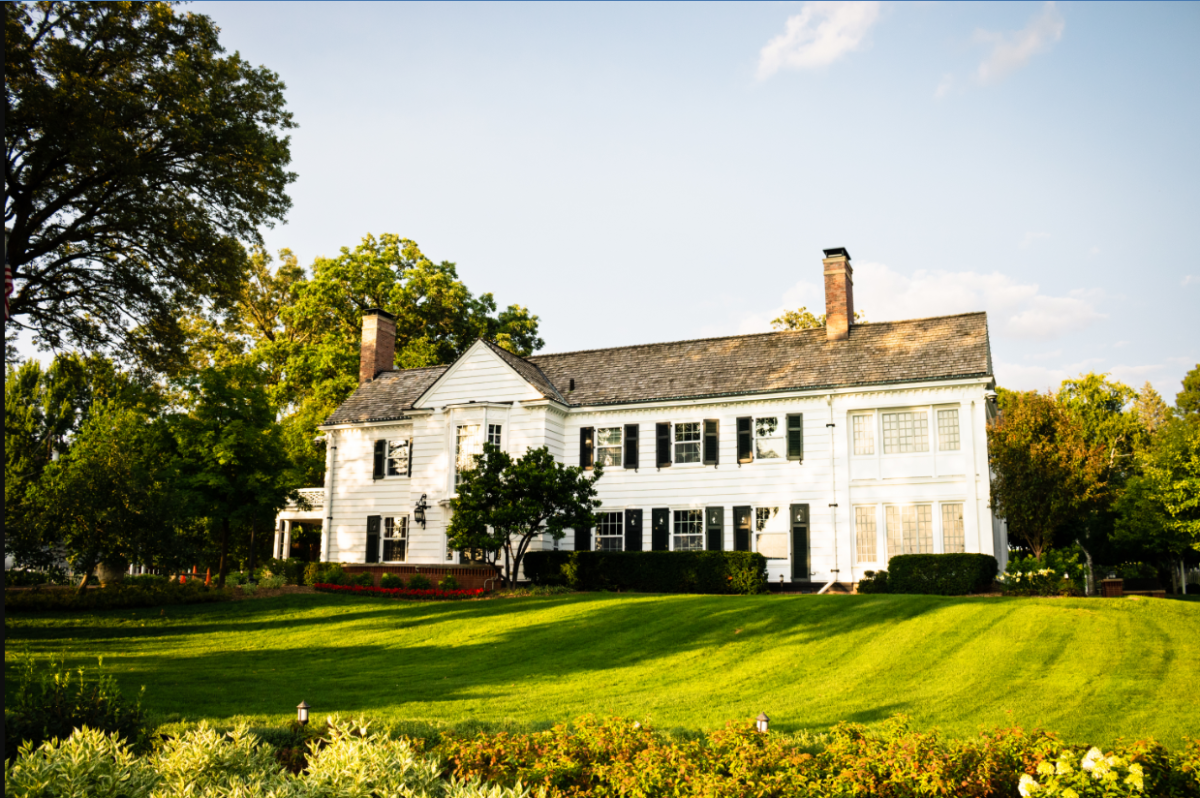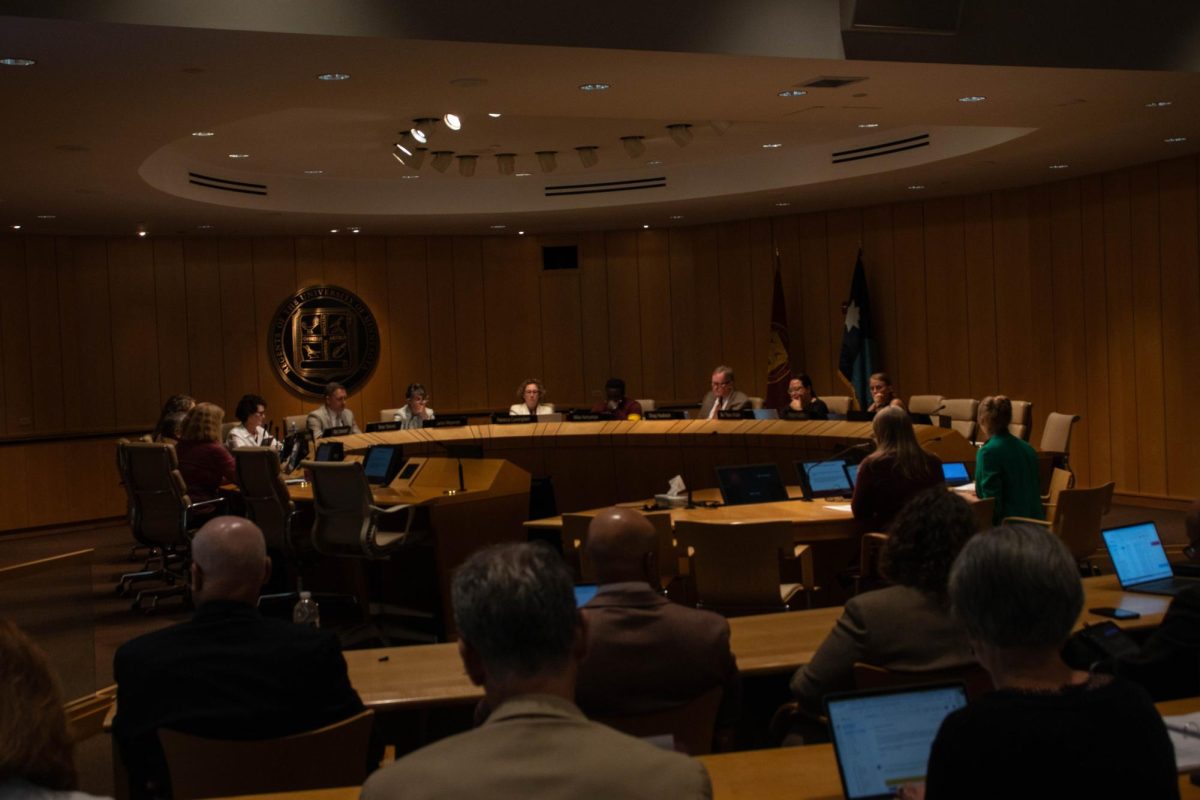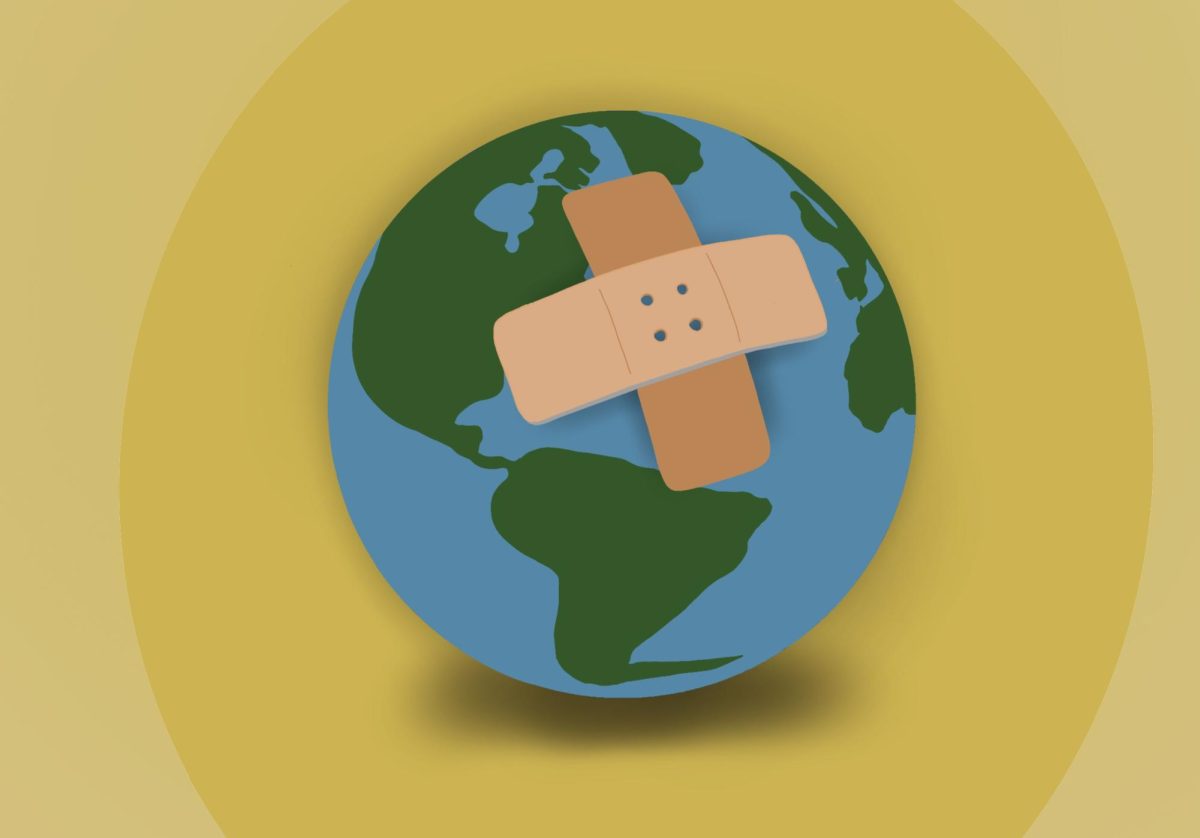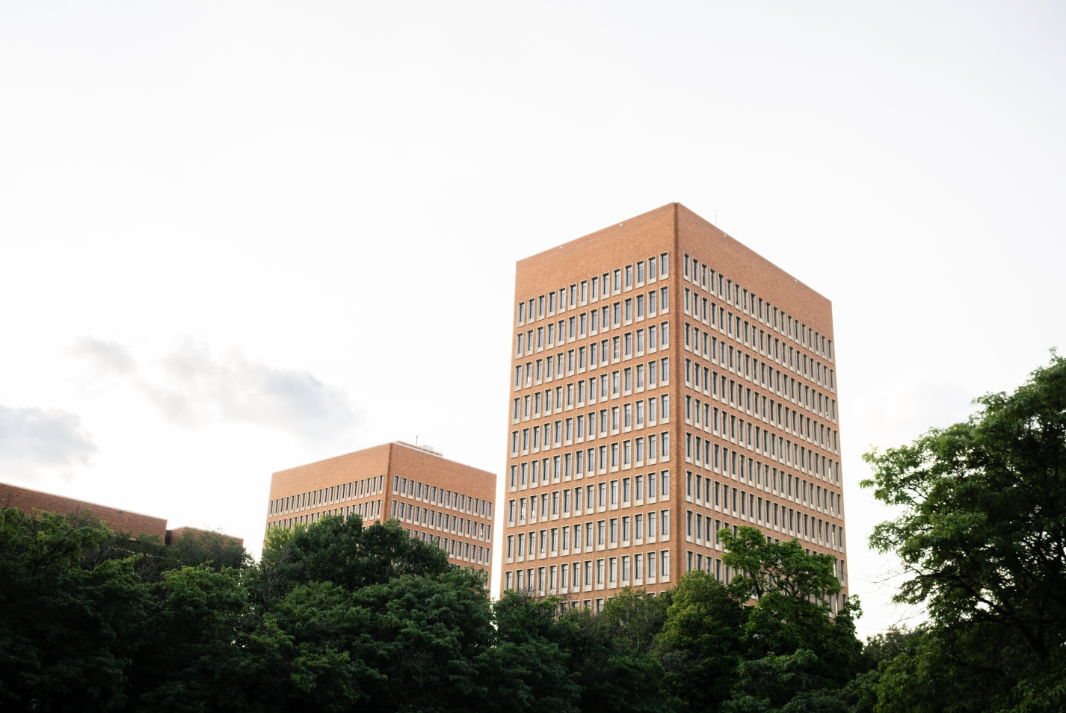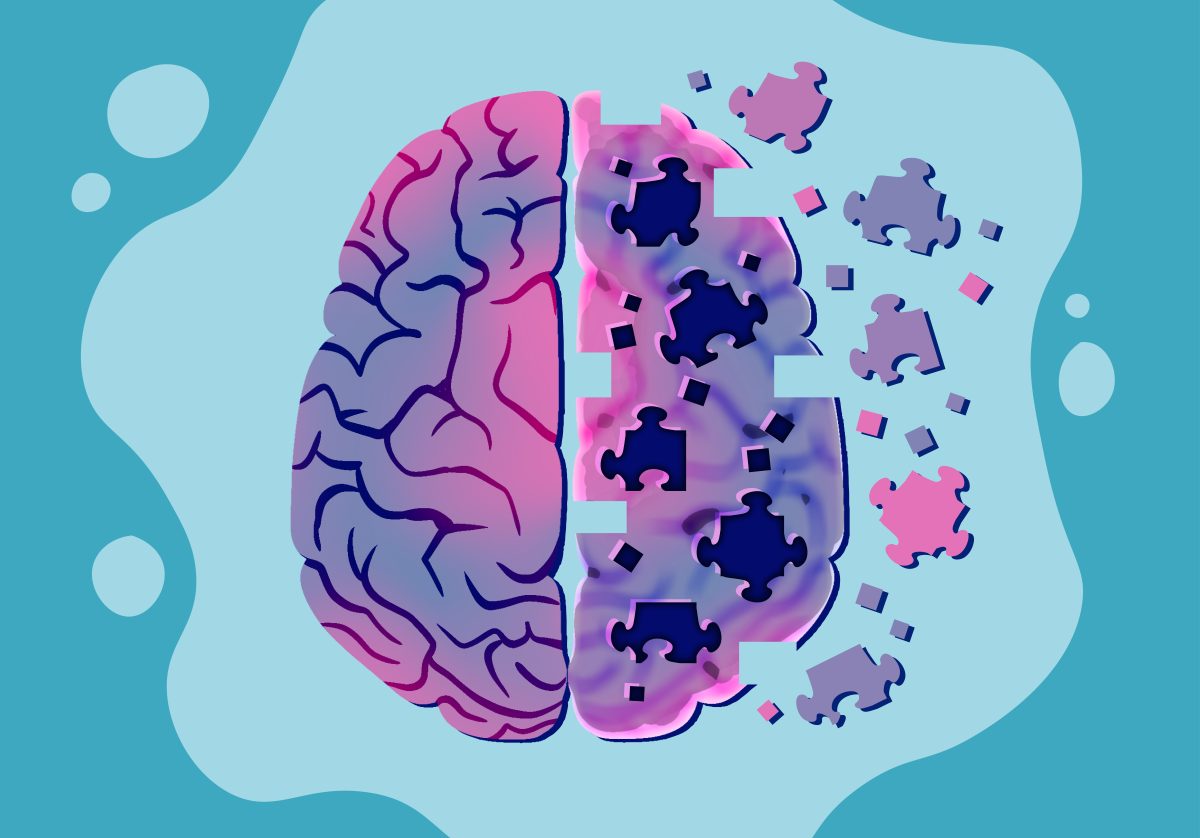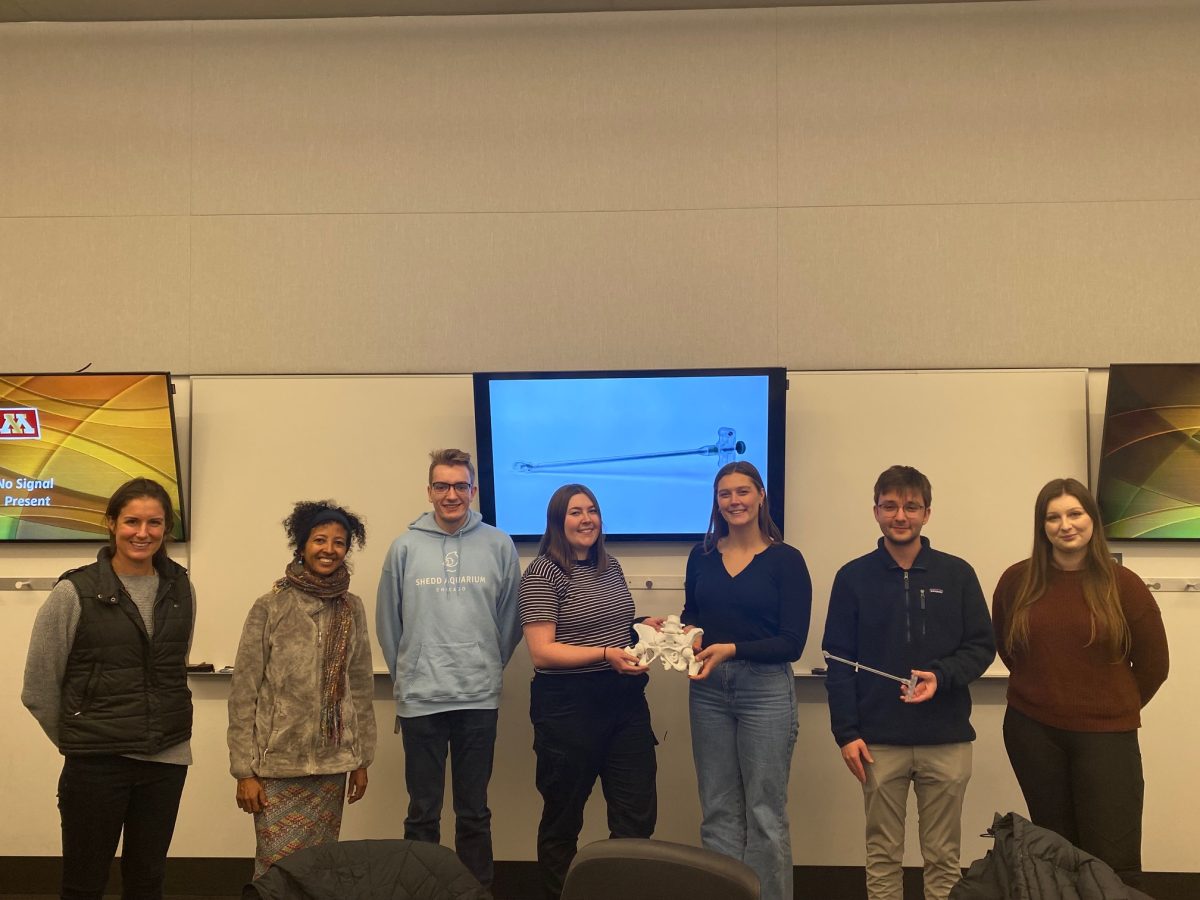University of Minnesota researchers at the College of Biological Sciences Kennedy Lab detail the role dead fungi play in balancing carbon within the soil.
The Kennedy Lab studies fungi both dead and alive to better understand carbon cycling in the soil. Researchers at the lab continually study the impact of fungi on the environment, particularly how to balance the release and storage of carbon in soils.
Katilyn Beidler, a researcher at the Kennedy Lab, studies what happens to fungi in the soil once they die.
“It feels very special that I get to spend as much time as I do just digging holes to see what’s going on,” Beidler said. “It’s a weird job, but it suits my version of creativity and problem-solving.”
Living fungi explore the soil using microscopic thread-like cells called hyphae, Beidler said. These threads bring nutrients to plants and can bind the soil together, giving the soil structure.
When fungi die, the carbon and nutrients contained in their hyphae become valuable resources for the food web by feeding other microbes and soil fauna, according to Beidler.
Peter Kennedy, a professor in the University’s Department of Plant and Microbial Biology, said a lot of carbon that sticks around for extended periods in soil comes from dead fungus.
The Kennedy Lab studies dead fungi and their contributions to the balance of carbon in soils or how much carbon is stored versus lost to the atmosphere as carbon dioxide while fungi decompose, Beidler said.
Currently, soils are the most important storage of carbon on land and a large fraction of this carbon comes from dead fungi, Beidler added.
“My passion for biology comes from being in awe of the belowground world and trying to understand how it works, which only adds to its magic,” Beidler said.
The Kennedy Lab started to better understand how life on this planet works. Specifically, looking at the interactions between species and how ecosystems respond to the influence of broader environmental factors such as increased carbon dioxide in the atmosphere.
The lab conducts field experiments at Cedar Creek in East Bethel where the team buries dead fungi to measure the decomposition rates of fungi, Beidler said.
Anahi Cantoran, a University graduate student in the lab, looks at how drought and warming impact the mass of dead plant material on the ground surface.
Cantoran has done fieldwork at a field station called B4WARMED which looks at incubated dead fungi across time by using infrastructure that simulates warming above and below ground, along with plots that prevent rainfall to study environmental factors.
Fungi necromass has a rapid decomposition process, Cantoran said, adding most of the mass is lost within 30 days, compared to wood decomposition which can take years.
During the COVID-19 pandemic, the Kennedy Lab dealt with several challenges to get the proper equipment.
“You get creative in this type of work,” Kennedy said. “One of my favorite things is to go to hardware and surplus stores to find materials to assist in experiments.”
One type of item Kennedy said he purchased from the surplus store is O-rings, which create a seal between two components to prevent leaks.
There are big plans in the works for 2024, Kennedy said. One of the projects includes going to the Itasca Biological Station and taking about a 37-acre patch of forest and mapping each woody stem by location and name.
“Fungi are these just really fascinating organisms, both when they’re alive, and also when they’re dead in terms of their consequences for how communities and ecosystems function,” Kennedy said.











